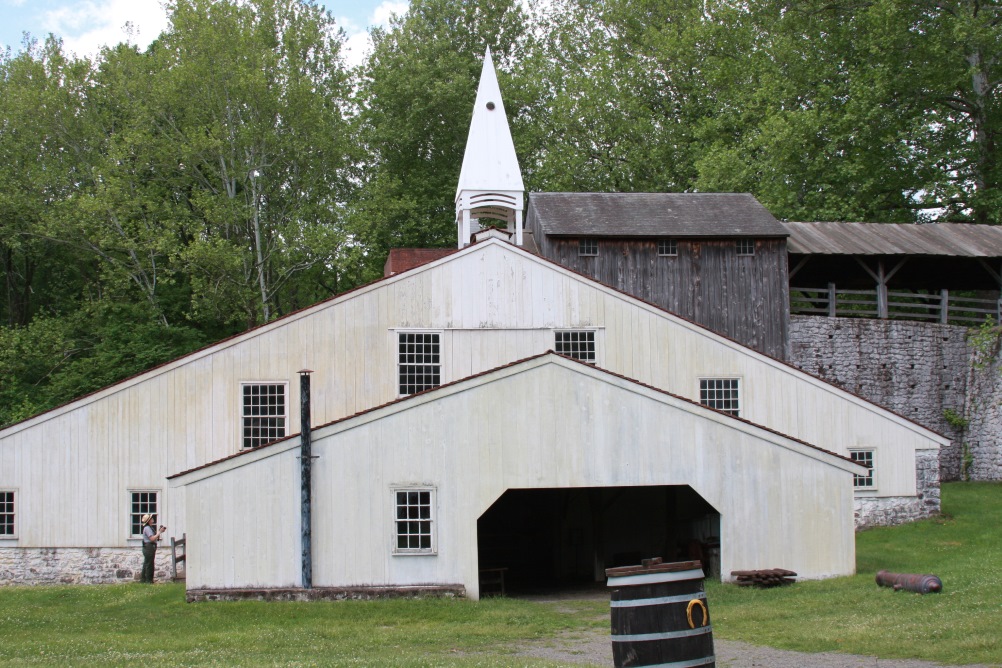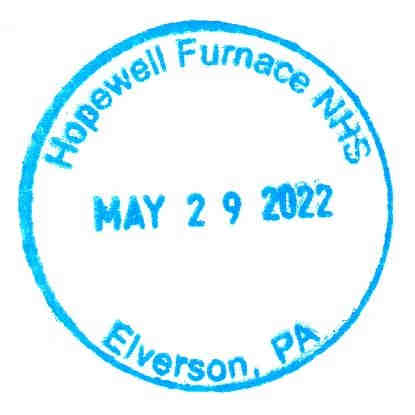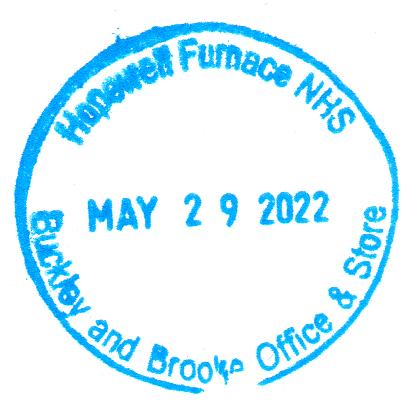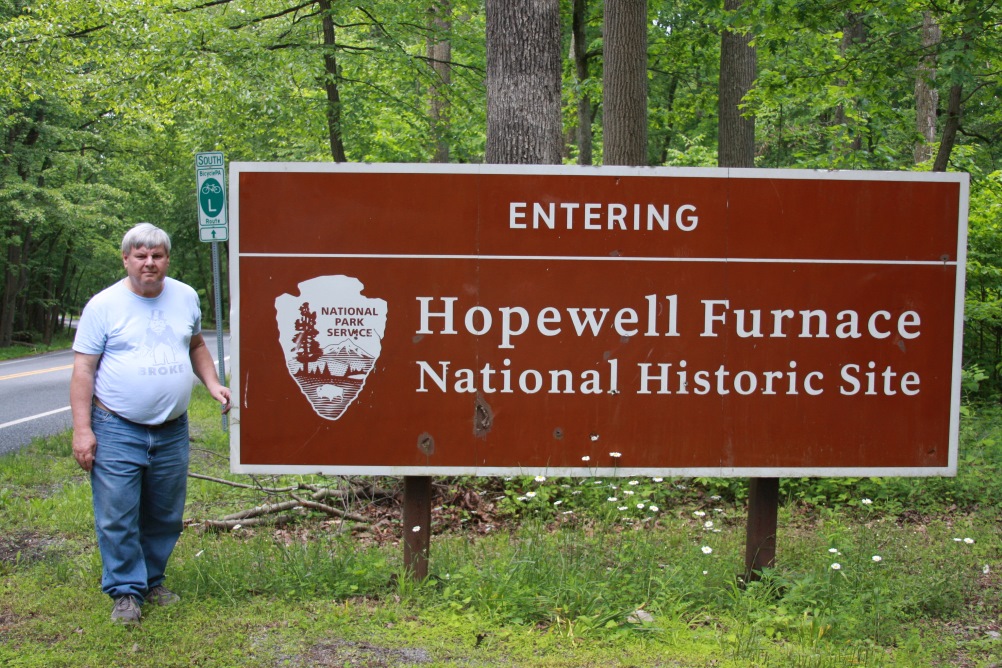National Park Passport Stamps obtained at this park



Official Park Visit Number: 30 of 433
Parks Remaining: 403
Location: Elverson, PA
Arrival Date: May 29, 2022
Passport Region: Mid-Atlantic
Read my blog entry about this location.
See more photos that I took here.
Read my blog entry for this park.
Click on the park name to visit the NPS official park webpage.
For centuries iron has been an important product for civilization. Extracting the iron from iron ore and other rocks requires a blast furnace, hence the numerous towns scattered throughout the eastern United States with names ending in forge or furnace. Hopewell Furnace was one such site located in southeastern Pennsylvania.
I learned quite a bit about iron and the use of a blast furnace during my visit here. I had not realized the distinctions between pig iron and wrought iron and cast iron and subtle variations of each of those. My day started at the visitor center watching a brief film followed by an excellent Ranger presentation on the process of extracting the iron from the raw materials.
Following the ranger presentation, I wandered around the remains of what was a vibrant village that surrounded the actual iron works. When I entered the actual building holding the furnace, I found that I had arrived in time for an arts and crafts project. The Ranger took us through the steps of creating a mold in sand into which molten iron could be poured, though in our case we used a form of plaster of Paris.
There were about ten of us present, each with our own little box in which we set a metal template, covered it with sand, tamped the sand firmly, flipped the box, and finally removed the template. The Ranger then poured the plaster into our mold, and we waited for it to harden. It became our souvenir from our visit!
As mentioned, Hopewell furnace had a small village surrounding the main furnace, all built by the owner of the furnace . Houses were built for the workers and a small company store provided needed goods, generally at the same prices as stores in Philadelphia charged.
I was fascinated by the construction of the furnace and by the large water wheel attached to it. I normally associate water wheels with some form of mill whether it's grain or sawmill, but in this case the water wheel, fed by a small stream, was used to compress two huge bellows. These bellows forced air into the furnace, drastically increasing the temperature of the fire to the point it could melt the iron. The ingenuity in creating all of this impressed me.
Apparently when Hopewell furnace first opened it did use slave labor. However, according to the Park Service, slavery ended pretty early, and the former slaves continued to work as paid employees at the same wage and with the same benefits as the other employees, rather unusual for that time.

©2023 SKM All text and photos not otherwise credited